|
Julio C. Tello
Julio César Tello (April 11, 1880 – June 3, 1947) was a Peruvian Archaeology, archaeologist. Tello is considered the "father of Peruvian archeology" and was the first indigenous people of the Americas, indigenous archaeologist in South America. He made the major discoveries of the prehistoric Paracas culture, including nearly 400 textiles associated with mummified burials. He founded a national museum of archeology and served as its first director. In addition, he investigated Chavín de Huantar as the focus for his work in the Andean highlands, which he believed was significant for the development of ancient cultures in the region.Richard L. Burger, Abstract of "The Life and Writings of Julio C. Tello" University of Iowa Press, accessed 27 September 2010 ...
|
Huarochirí Province
Huarochirí Province (in hispanicized spelling) or Waruchiri is located in the Lima Region of Peru. Its capital is Matucana. The western section is part of the Lima Metropolitan Area. Geography The La Viuda and Paryaqaqa or Waruchiri mountain ranges and the ''Cordillera de la Corte'' traverse the province. One of the highest peaks of the province is Paryaqaqa at above sea level. Other mountains are listed below:escale.minedu.gob.pe - UGEL map of the Huarochirí Province (Lima Region) Political division The province is divided into thirty-two districts. * Matucana ( Matucana) (seat) * Antioquia ( Antioquia) * Callahuanca ( Callahuanca) * Carampoma ( Carampoma) * Chicla ( Chicla) * Cuenca ( San José de los Chorillos) * Huachupampa ( San Lorenzo de Huachupampa) * Huanza ( Huanza) * Huarochirí ( Huarochirí) * Lahuaytambo ( Lahuaytambo) * Langa ( Langa) * Laraos (Laraos) * Mariatana ( Mariatana) * Ricardo Palma (Ricardo Palma) * San Andrés de Tupicocha ( San A ... [...More Info...] [...Related Items...] OR: [Wikipedia] [Google] [Baidu] |
Trepanation
Trepanning, also known as trepanation, trephination, trephining or making a burr hole (the verb ''trepan'' derives from Old French from Medieval Latin from Greek , literally "borer, auger"), is a surgical intervention in which a hole is drilled or scraped into the human skull. The intentional perforation of the cranium exposes the ''dura mater'' to treat health problems related to intracranial diseases or release pressured blood buildup from an injury. It may also refer to any "burr" hole created through other body surfaces, including nail beds. A trephine is an instrument used for cutting out a round piece of skull bone to relieve pressure beneath a surface. In ancient times, holes were drilled into a person who was behaving in what was considered an abnormal way to let out what people believed were evil spirits. Evidence of trepanation has been found in prehistoric human remains from Neolithic times onward. The bone that was trepanned was kept by the prehistoric people and m ... [...More Info...] [...Related Items...] OR: [Wikipedia] [Google] [Baidu] |
Norte Chico Civilization
Caral-Supe (also known as Caral and Norte Chico) was a complex pre-Columbian-era society that included as many as thirty major population centers in what is now the Caral region of north-central coastal Peru. The civilization flourished between the fourth and second millennia BC, with the formation of the first city generally dated to around 3500 BC, at Huaricanga, in the Fortaleza area. It is from 3100 BC onward that large-scale human settlement and communal construction become clearly apparent, which lasted until a period of decline around 1800 BC. Since the early twenty-first century, it has been established as the oldest-known civilization in the Americas. This civilization flourished along three rivers, the Fortaleza, the Pativilca, and the Supe. These river valleys each have large clusters of sites. Farther south, there are several associated sites along the Huaura River. The alternative name, Caral-Supe, is derived from the city of Caral in the Supe Valley, a large an ... [...More Info...] [...Related Items...] OR: [Wikipedia] [Google] [Baidu] |
Ruth Shady
Ruth Martha Shady Solís (born December 29, 1946, Callao, Perú) is a Peruvian anthropologist and archaeologist. She is the founder and director of the archaeological project at Caral. Career Throughout her career, she has directed many different projects of archeological investigation on the coast, the highlands and the rain forests of Peru, placing emphasis on the study of the development of the complex socio-political organizations. She was director of the Museo Nacional de Arqueología y Antropología del Perú ( National Museum of Archaeology and Anthropology of Peru), and director of the Museum of Archeology and Anthropology of National University of San Marcos. She has worked at the Caral site from 1994 onwards and is credited with the discovery of Norte Chico, the first known civilization of the Americas, and one of the oldest in the world. Shady has named the civilization after Caral, while the term Norte Chico has been adopted in English. In 2001, Shady and others ... [...More Info...] [...Related Items...] OR: [Wikipedia] [Google] [Baidu] |
Mesoamerica
Mesoamerica is a historical region and cultural area in southern North America and most of Central America. It extends from approximately central Mexico through Belize, Guatemala, El Salvador, Honduras, Nicaragua, and northern Costa Rica. Within this region pre-Columbian societies flourished for more than 3,000 years before the Spanish colonization of the Americas. Mesoamerica was the site of two of the most profound historical transformations in world history: primary urban generation, and the formation of New World cultures out of the long encounters among indigenous, European, African and Asian cultures. In the 16th century, Eurasian diseases such as smallpox and measles, which were endemic among the colonists but new to North America, caused the deaths of upwards of 90% of the indigenous people, resulting in great losses to their societies and cultures. Mesoamerica is one of the five areas in the world where ancient civilization arose independently (see cradle of civ ... [...More Info...] [...Related Items...] OR: [Wikipedia] [Google] [Baidu] |
Max Uhle
Friedrich Max Uhle (25 March 1856 – 11 May 1944) was a German archaeologist, whose work in Peru, Chile, Ecuador and Bolivia at the turn of the Twentieth Century had a significant impact on the practice of archaeology of South America. Biography Uhle was born in Dresden, Germany on 25 March 1856 and received his Ph.D. in 1880 from the University of Leipzig. He married Charlotte Grosse from Philadelphia, Pennsylvania, where he worked at the University of Pennsylvania for several years. Trained as a philologist, Uhle became interested in Peru while a curator at Dresden Museum. In 1888, a close friend, Alphons Stübel, who had recently published an article on the history of Peruvian archaeology, suggested Uhle concentrate his studies on that region. He first traveled to South America in 1892 to initiate research in Argentina and Bolivia for the Konigliches Museum fur Völkerkunde in Berlin, Germany. In that same year he published ''"The Ruins of Tiahuanaco in the Highlands of Ancie ... [...More Info...] [...Related Items...] OR: [Wikipedia] [Google] [Baidu] |
In Situ
''In situ'' (; often not italicized in English) is a Latin phrase that translates literally to "on site" or "in position." It can mean "locally", "on site", "on the premises", or "in place" to describe where an event takes place and is used in many different contexts. For example, in fields such as physics, geology, chemistry, or biology, ''in situ'' may describe the way a measurement is taken, that is, in the same place the phenomenon is occurring without isolating it from other systems or altering the original conditions of the test. The opposite of ''in situ'' is ''ex situ''. Aerospace In the aerospace industry, equipment on-board aircraft must be tested ''in situ'', or in place, to confirm everything functions properly as a system. Individually, each piece may work but interference from nearby equipment may create unanticipated problems. Special test equipment is available for this ''in situ'' testing. It can also refer to repairs made to the aircraft structure or flight con ... [...More Info...] [...Related Items...] OR: [Wikipedia] [Google] [Baidu] |
Andean Civilizations
The Andean civilizations were civilization, complex societies of many Indigenous peoples of South America, cultures and peoples mainly developed in the river valleys of the coastal deserts of Peru. They stretched from the Andes of southern Colombia southward down the Andes to Chile and northwest Argentina. Archaeologists believe that Andean civilizations first developed on the narrow coastal plain of the Pacific Ocean. The Norte Chico civilization, Caral or Norte Chico civilization of Peru is the oldest known civilization in the Americas, dating back to 3200 BCE. Despite severe environmental challenges, the Andean civilizations domesticated a wide variety of crops, some of which became of worldwide importance. The Andean civilizations were also noteworthy for monumental architecture, textile weaving, and many unique characteristics of the societies they created. Less than a century prior to the arrival of the Spanish Empire, Spanish conquerors, the Inca Empire, Incas, from their ... [...More Info...] [...Related Items...] OR: [Wikipedia] [Google] [Baidu] |
Pre-Columbian Era
In the history of the Americas, the pre-Columbian era spans from the Migration to the New World, original settlement of North and South America in the Upper Paleolithic period through European colonization of the Americas, European colonization, which began with Christopher Columbus's voyage of 1492. Usually, the era covers the history of Indigenous peoples of the Americas, Indigenous cultures until significant influence by Europeans. This may have occurred decades or even centuries after Columbus for certain cultures. Many pre-Columbian civilizations were marked by permanent settlements, cities, agriculture, civic and monumental architecture, major earthworks (archaeology), earthworks, and Complex society, complex societal hierarchies. Some of these civilizations had long faded by the time of the first permanent European colonies (c. late 16th–early 17th centuries), and are known only through archaeology of the Americas, archaeological investigations and oral history. Other civi ... [...More Info...] [...Related Items...] OR: [Wikipedia] [Google] [Baidu] |
Chavin Culture
Chavin may refer to: Places * Chavín de Huantar, an archaeological site in Peru built by the Chavín culture * Chavín District, Chincha, Peru * Chavín de Huantar District, Huari, Peru * Chavín de Pariarca District, Huamalies, Peru * Chavin, Indre, a commune of the Indre ''département'' in France * Chavin, Iran, a village in Kurdistan Province, Iran * The Chavín parish belonging to the municipality of Viveiro, Spain Other uses * Chinga Chavin, U.S. musician * Chavín culture, an early culture of the Andean region, pre-dating the Moche culture in Peru * Operation Chavín de Huántar Operation Chavín de Huántar was a military operation in which a team of 142 commandos of the Peruvian Armed Forces ended the 1997 Japanese embassy hostage crisis by raiding the Japanese ambassador's residence and freeing the hostages held ther ..., a Peruvian military operation that ended the 1997 Japanese embassy hostage crisis * Rhinella chavin (''R. chavin''), a species of toad See al ... [...More Info...] [...Related Items...] OR: [Wikipedia] [Google] [Baidu] |
England
England is a country that is part of the United Kingdom. It shares land borders with Wales to its west and Scotland to its north. The Irish Sea lies northwest and the Celtic Sea to the southwest. It is separated from continental Europe by the North Sea to the east and the English Channel to the south. The country covers five-eighths of the island of Great Britain, which lies in the North Atlantic, and includes over 100 smaller islands, such as the Isles of Scilly and the Isle of Wight. The area now called England was first inhabited by modern humans during the Upper Paleolithic period, but takes its name from the Angles, a Germanic tribe deriving its name from the Anglia peninsula, who settled during the 5th and 6th centuries. England became a unified state in the 10th century and has had a significant cultural and legal impact on the wider world since the Age of Discovery, which began during the 15th century. The English language, the Anglican Church, and Engli ... [...More Info...] [...Related Items...] OR: [Wikipedia] [Google] [Baidu] |
Archeology
Archaeology or archeology is the scientific study of human activity through the recovery and analysis of material culture. The archaeological record consists of artifacts, architecture, biofacts or ecofacts, sites, and cultural landscapes. Archaeology can be considered both a social science and a branch of the humanities. It is usually considered an independent academic discipline, but may also be classified as part of anthropology (in North America – the four-field approach), history or geography. Archaeologists study human prehistory and history, from the development of the first stone tools at Lomekwi in East Africa 3.3 million years ago up until recent decades. Archaeology is distinct from palaeontology, which is the study of fossil remains. Archaeology is particularly important for learning about prehistoric societies, for which, by definition, there are no written records. Prehistory includes over 99% of the human past, from the Paleolithic until the adven ... [...More Info...] [...Related Items...] OR: [Wikipedia] [Google] [Baidu] |
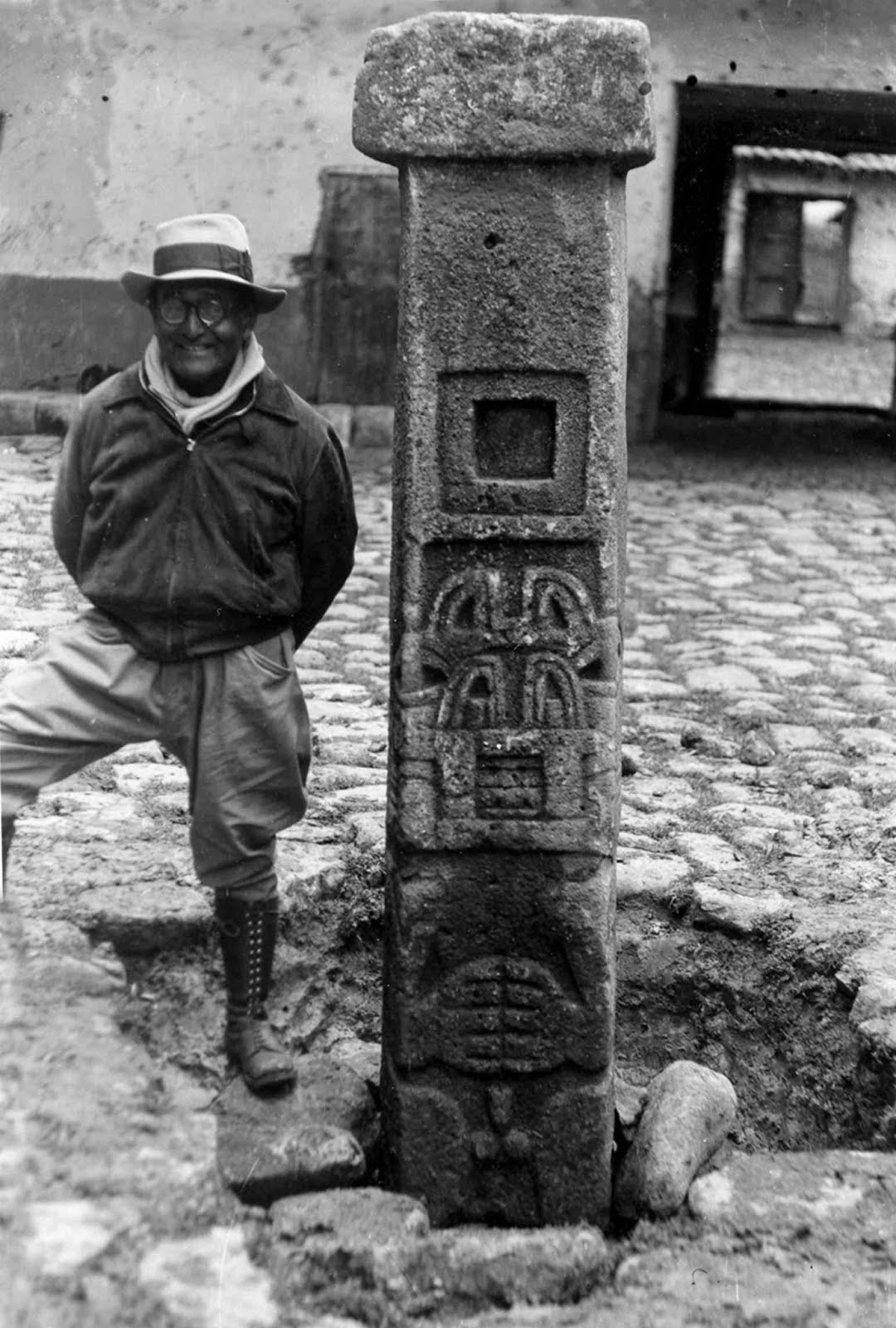
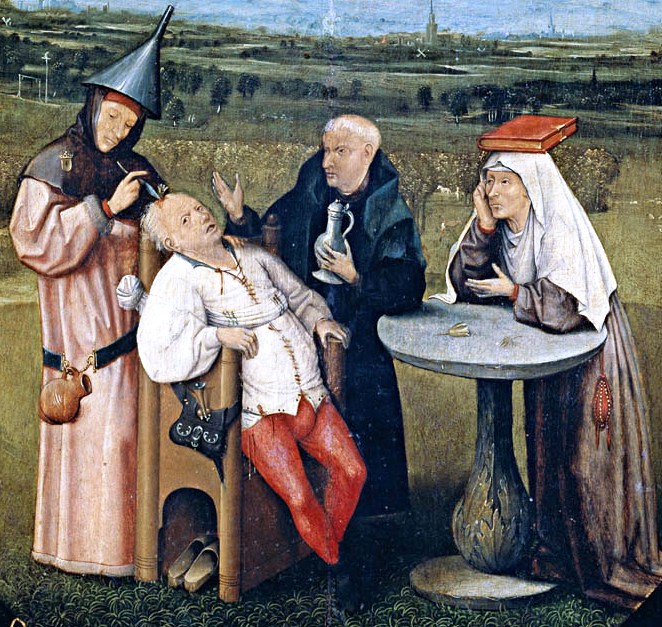

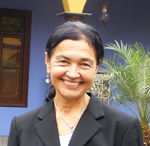
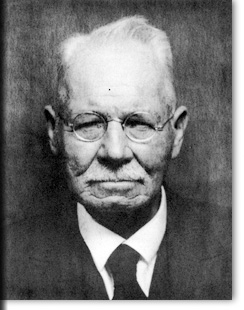

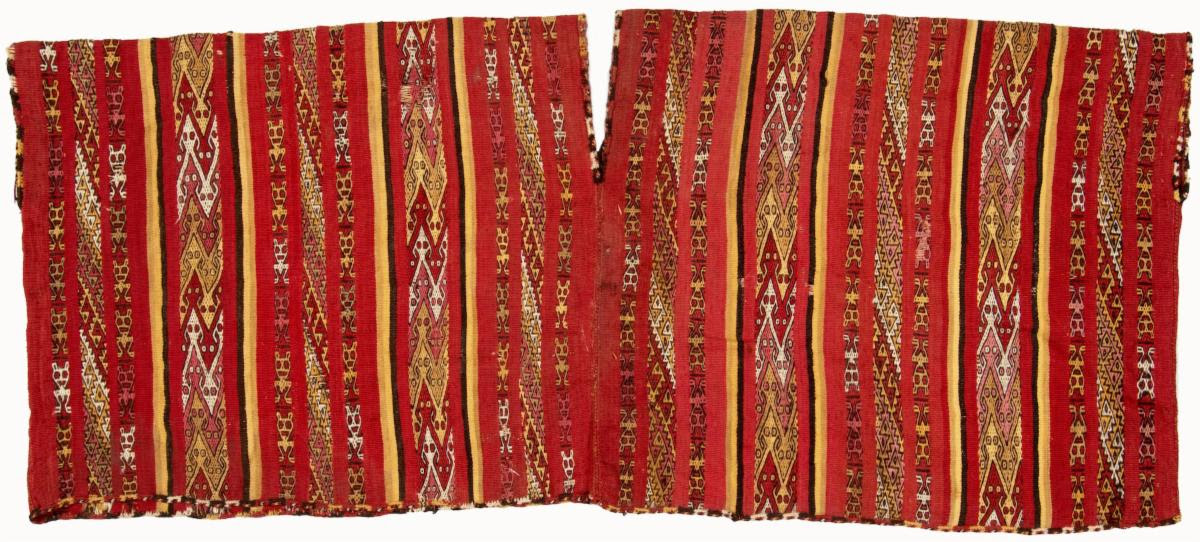


.jpg)